Curious Facts: The Church of Saint-Eustache, France
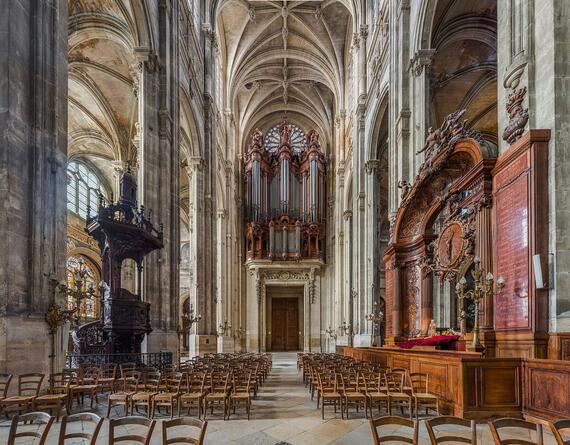
At the Church of Saint-Eustache, a local community is rallying to preserve the delicate interiors of a Parisian icon. One of the French capital’s most visited churches, Saint-Eustache has long been the house of worship for kings and common people alike, earning it the nickname of “the royal parish.” In our latest Curious Facts post, explore the rich history of this landmark—and how conservation efforts are shaping its future.
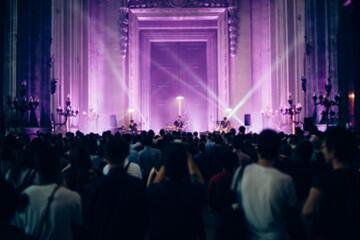
The church has drawn some of the most legendary figures in the history of classical music.
Mozart sat in the pews of Saint-Eustache to attend the funeral of his mother, who was buried in Saint-Eustache’s cemetery until her remains were transferred to Paris Catacombs. Other star composers to have visited the site include Hector Berlioz and Franz Liszt, both of whom had major works debut there. The church’s organ remains one of the largest in all of France and continues to draw crowds for concerts to this day.
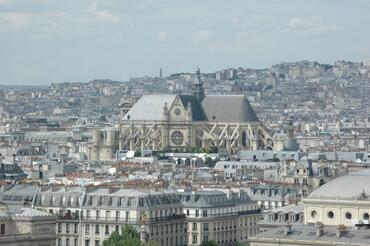
Saint-Eustache is one of the last buildings remaining from Paris’s medieval market district.
Major demolitions in the 1850s destroyed much of the historic fabric surrounding the marketplace of Les Halles, which the writer Émile Zola famously dubbed “the belly of Paris” in his novel of the same name.
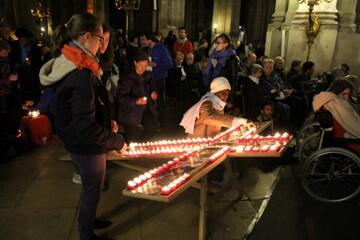
Saint-Eustache was converted into the Temple of Agriculture during the French Revolution.
As with many religious institutions across France—including former World Monuments Fund (WMF) project site Saint-Sulpice, also located in central Paris—Saint-Eustache was damaged and desacralized as part of the Revolution’s effort to stamp out the influence of Catholicism. The church was also briefly used by a short-lived deistic sect called the Theophilanthropists.
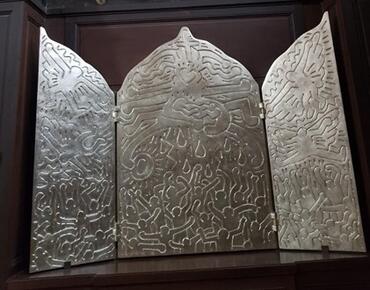
Saint-Eustache played a key role in LGBTQ+ advocacy in France.
At the beginning of the AIDS epidemic, it was the first and only church in Paris to welcome HIV-positive people, offering space to a support group for those living with the disease. That group, AIDS and Spiritual Life, continues to hold meetings there to this day. Since 2003, the church has also been home to a silver triptych by Keith Haring, one of the last works the artist completed before his death.
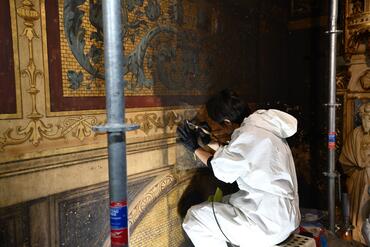
The first stone of the church’s current portal was laid in 1754—but the design remains unfinished to this day.
The eighteenth-century vision for Saint-Eustache's facade has never been completed—but that hasn’t stopped the church from functioning as a vibrant cultural hub for the neighborhood around Les Halles. Today, WMF is partnering with the City of Paris to conserve and restore the Chapel of Saint-Joseph—and has even discovered previously unknown frescoes in the process, enriching our understanding of this historic Parisian icon. In September of 2023, WMF celebrated the launch of its new French affiliate with festivities at Saint-Eustache and other sites in the Paris Region.
Learn More
World Monuments Fund safeguards cultural heritage around the globe, ensuring our treasured places are preserved for present and future generations.
Sign up for our newsletter to receive regular updates on our projects, stories from the field, upcoming events, and more!
![]()
